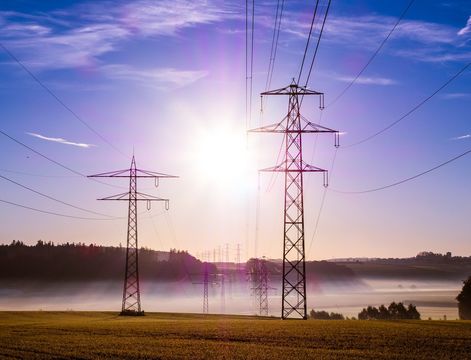
Lithuania’s National Energy and Climate Action Plan
Lithuania’s National Energy and Climate Action Plan 2021-2030 was approved in December 2019.
EV Energy paves the way for a future decarbonisation of the energy and mobility sector.
European cities are advancing at rapid pace in the field of renewable energies and urban electric mobility. These are innovative and smart technologies that can contribute significantly to reducing greenhouse gas emissions and increase energy efficiency. Their intelligent integration into energy and mobility system is of high priority in our urban ecosystem.
The EV Energy project aims to analyse, initiate and implement policies favouring sustainable energy and electric mobility systems in urban areas. It works with experienced cities and regions, transferring the most appropriate policies and good practices.
The project focuses on three thematic areas:
€1,049,797.00
Low-carbon economy
On 23 October 2014, the European Council agreed on the “2030 climate and energy framework” containing the new EU-wide targets and policy objectives for the period between 2020 and 2030.The framework proposes the following targets for 2030:
With these objectives in mind, a major trend becomes even more necessary: the decarbonisation of the energy and mobility sector.
Cities are the main energy consumers, but also offer the greatest opportunities for change. Two of the most important technologies that are gaining momentum in European cities are electric vehicles (EVs) and renewable energies. Both technologies offer great potential for climate change mitigation but do come with limitations. Solar energy production peaks at noon, when demand is low. EVs are mainly charged after working hours, precisely at the period of maximum demand, when the solar energy generation is much lower. This inconsistency leads to inefficient use of urban renewable energies, and a large dependence on the national energy mix, which is more CO2 intensive.
EV Energy analyses and develops innovative policies that promote renewable energies, electric mobility and the use of ICT for their integration. Through interregional policy learning, the most appropriate policies are transferred to cities, regions and partner countries and implemented subsequently. Identified best practices and policies are further disseminated for the benefit of the widest possible audience.
Policy measures include:
Kansen voor West acts on several fronts:
Within Europe, the Western Netherlands lags behind in terms of renewable energy generation. The EC's country-specific recommendation therefore has provided a clear focus for making use of ERDF to promote the low-carbon economy.
The highest potential lies in sustainable electricity generation, realizing effective energy source combinations. Dovetailing with the national Energy Agreement, the potential of the Western Netherlands will be used to effect a smart roll-out of sustainable energy generation and consumption through demand aggregation, smart energy distribution systems and cross-overs. By supporting the application of new products, services or approaches, more experience is gained, what boosts further the roll-out of smart solutions.
The developments of solar power generation and growth of EV’s have developed faster than expected. Both innovations are leading to imbalances in the grid, and there is growing need for decentralised systems. V2G is part of the solution, but there are still obstacles which Kansen voor West II can help to solve by sharing its experience in the EV Energy project.
The basis of regional development in Stockholm is the Regional Development Plan for the County of Stockholm (RUFS 2010). Its vision is to become Europe’s most attractive metropolitan region. The motto of the Plan is: “reducing the climate impact while promoting growth”.
Continuous investments in energy efficiency and renewable fuels have made Stockholm and its region a forerunner in climate change mitigation. The current CO2 emission per capita is 2.8 ton/year; very low compared to European cities. The transport sector is responsible for more than half of Sweden's CO2 emissions.
The biggest challenge lies ahead: to remodel the transport sector and make it more energy efficient. Under the strategic headline of “becoming a resource efficient region”, RUFS 2010 sets out energy and climate goals for 2030 and 2050. The major commitments needed are a broad stakeholder approach and heavy investment:
This transition needs to be assisted by new regulations, and also requires the establishment of smart and sufficient infrastructure.
Climate Roadmap 2050:
The Climate Roadmap 2050 for the Stockholm commissioned by the County Council, highly affects energy and climate actions.
The analysis of the potential for development in Lithuania performed in the Partnership Agreement serves as a basis for the Strategy of European Union (EU) Funds’ Investments in 2014-2020.
This analysis shows that the Lithuanian economy and society still feel the consequences of the recent financial crisis. The aim is to bring the country back to the path of rapid and sustainable growth, reducing the gap between country’s level of development and the EU average.
In addition, this growth should be resource efficient and provide good quality of life to all the population. This requires a stable macroeconomic environment, continuing structural reforms and ensuring adequate financing. The objectives are less unemployment, higher wages and a society more structured and with lower exclusion risk.
Quality-of-life determinants such as access to high-quality public services, quality working conditions or being a part of an active local community are given priority. Thus, the Strategy will directly contribute to the implementation of the Europe 2020 strategic objectives and to an improved economic, social and territorial cohesion between the EU and Lithuania.
The Strategy responds to the key challenges for national development and relies on the concentration of investments on eleven thematic objectives set forth in the EU Common Strategic Framework and on their specific investment priorities that are closely interrelated and complement one another.
This Programme aims to boost economic growth in the region of Catalonia and to help it contribute to Europe reaching its goals of smart, green growth for all. EU funding is targeted, according to the agreed regional smart specialisation strategy (RIS3CAT), primarily to R+D+i and improved access to and quality of information and communication technologies (ICT).
The programme focuses on three main funding priorities (% of funding):
Concerning this third priority, the programme will result in more renewable energy production (in particular biomass), better energy efficiency (in the private and public sector) and green public transport in cities. It includes a specific objective in order to foster carbon reduction strategies, especially in urban zones, focused on sustainable multimodal urban mobility and mitigation measures. Also aligned with RIS3CAT strategy, this objective aims to promote clean urban transport, public transport, electric mobility and the development of clean energy supply systems.
Beyond the urban approach (at municipality level) the need to promote a wider range of measures at metropolitan level has been identified . This effort to scale up local initiatives in the metropolitan area of Barcelona may be faster and more efficient if some best practices and learnt lessons across Europe are directly introduced to policy officers.
The reference tool is the Thematic Objective 4 ROP ERDF 2014-2020 Lazio, investment priorities are: support energy efficiency, energy smart management and use of renewable energy in public infrastructures, including public buildings, and in the housing sector.
Action 4.1.1 Reduction of energy consumption in buildings and public facilities, also for public use, residential and non-residential areas, integrating renewable sources.
In line with the Call for Proposals on Sustainable Energy under the ROP ERDF 2007-13, the action promotes a set of measures aimed at implementing energy audits and the related investments to improve energy efficiency in buildings, such as:
The Action is related to the Specific Objective: Improvement of the Sustainable mobility in urban areas.

Lithuania’s National Energy and Climate Action Plan 2021-2030 was approved in December 2019.
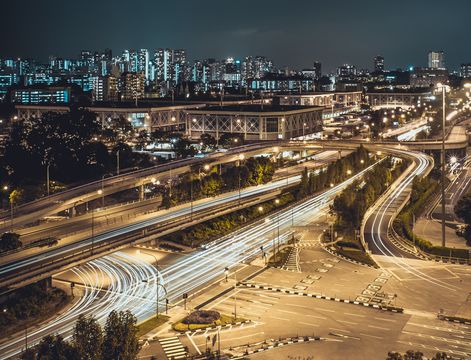
Action plans help to acquiring best practices by local governments. Lessons learned from Villemizero project.
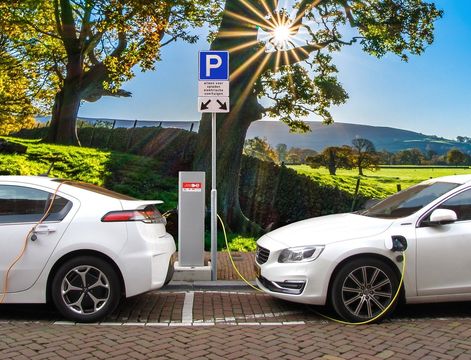
Research project: Environmental impact assessment of Electric vehicles in the National context of the electricity mix in Lithuania

Vacancy - The Interreg Europe secretariat is looking for a project finance officer for maternity leave replacement
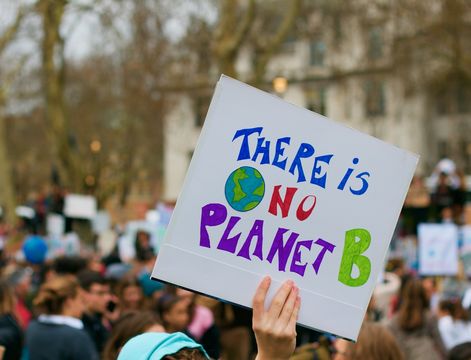
City of Barcelona has declared the Climate Emergency responding to an increasing awareness about the risks of climate change faced by cities.
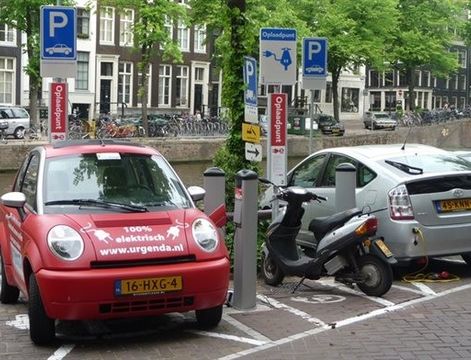
Public procurement of 20,000 charging points for electric cars in the provinces of Noord-Holland, Flevoland and Utrecht.

EV ENERGY partners completed their Action Plans, which will be implemented in the coming two years until June 2021.

A full day of presentations, workshops and networking at our “Clean Mobility and Clean Energy Conference” on the 5 June in Almere (NL).
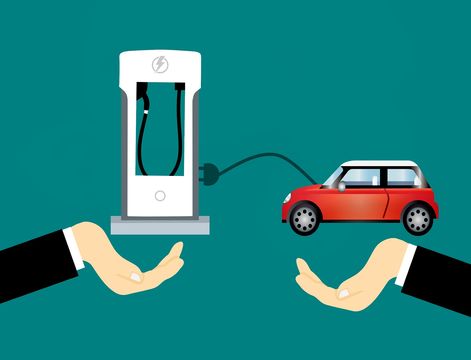
The City of Amsterdam installs electric vehicle charging points upon citizen requests. Barcelona intends to transfer it to the Catalan capital.
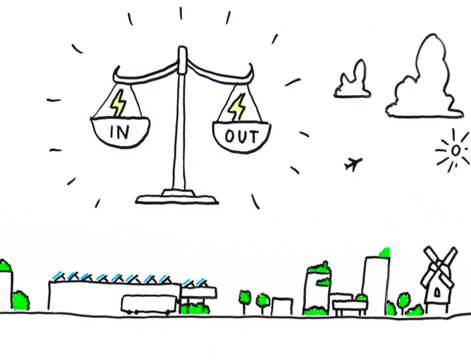
The Province of Flevoland (NL) prepares for the integration of e-mobility and renewable energy